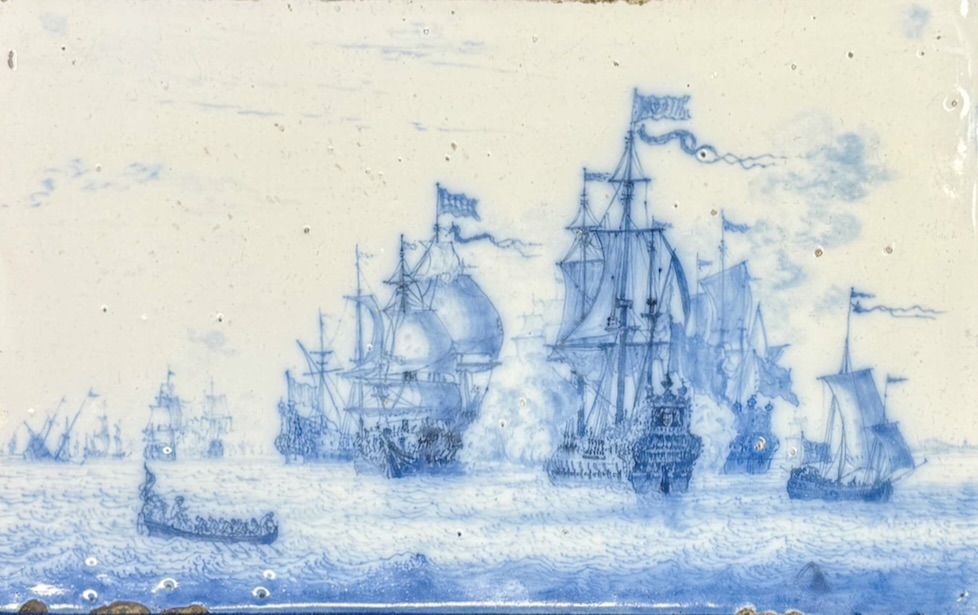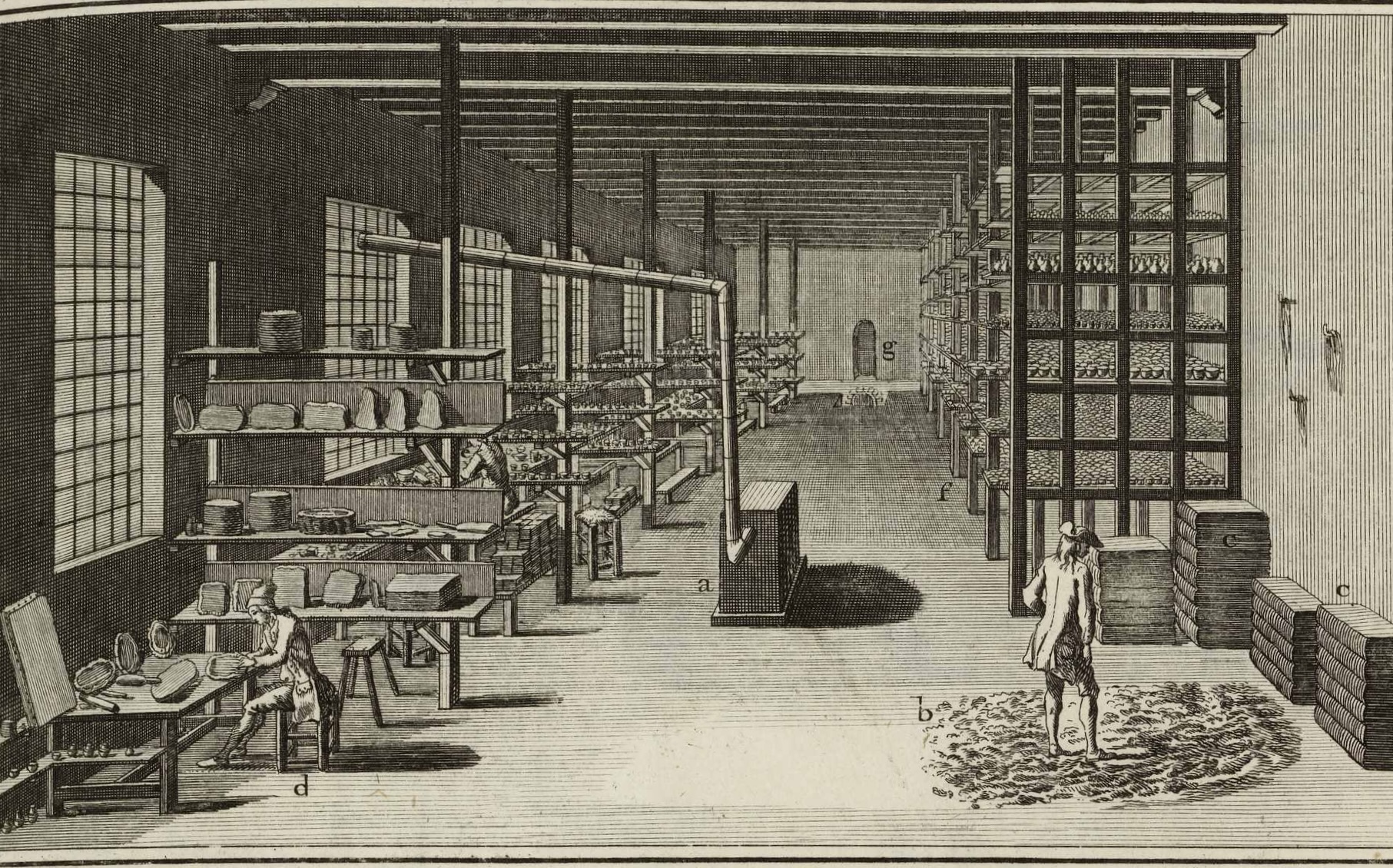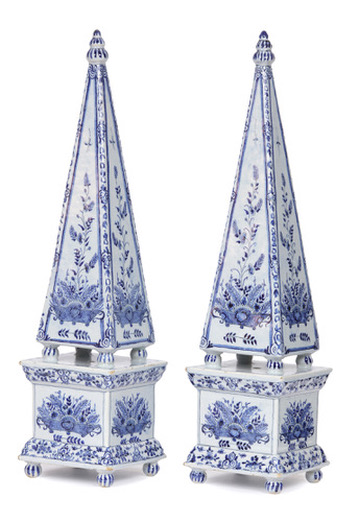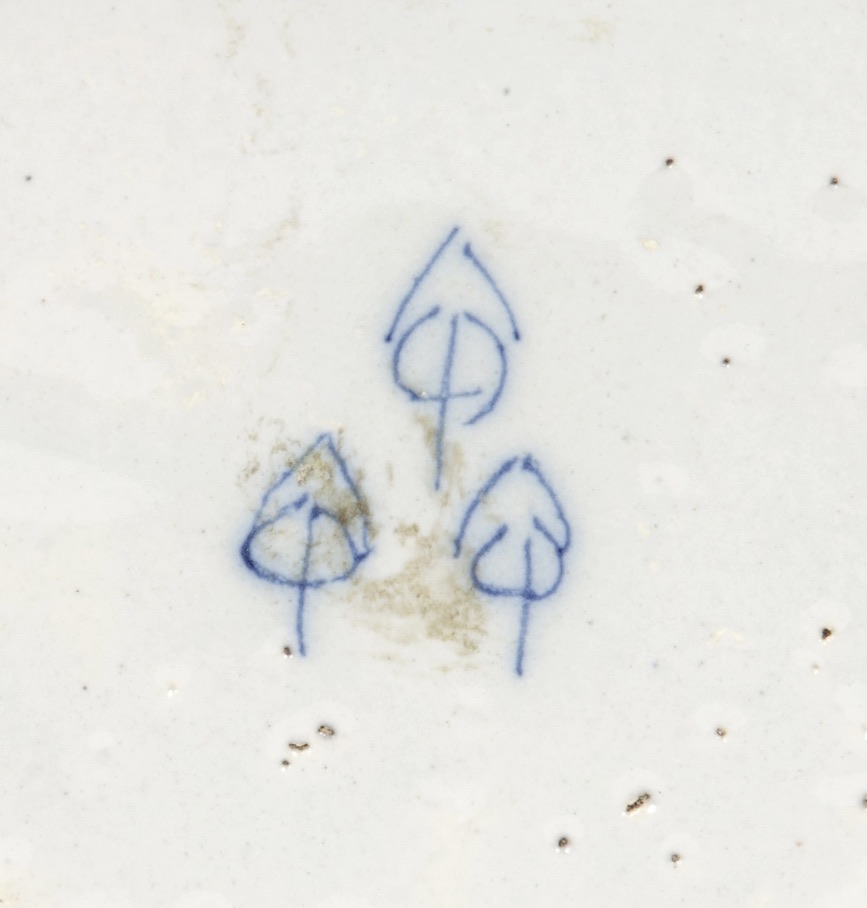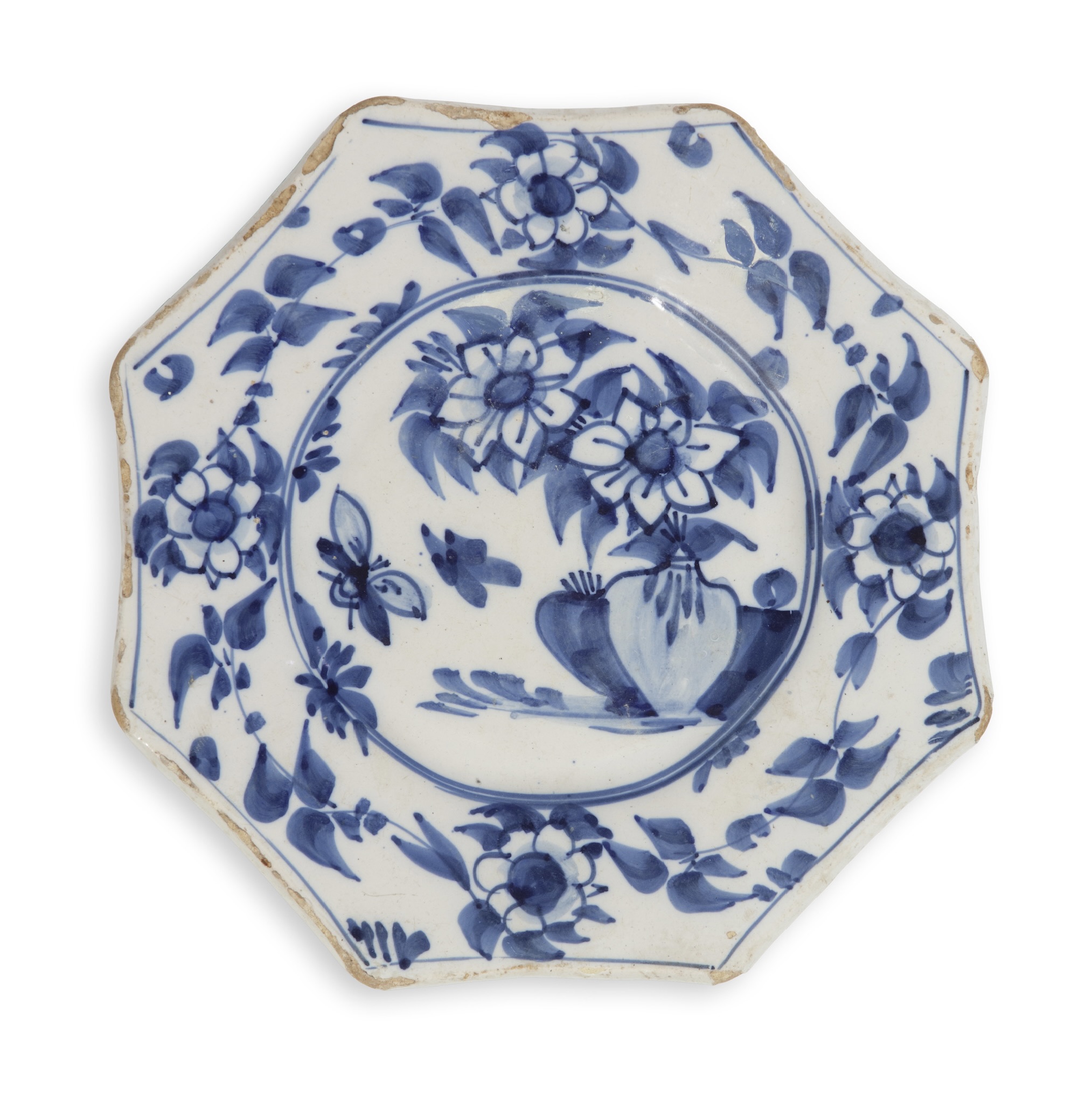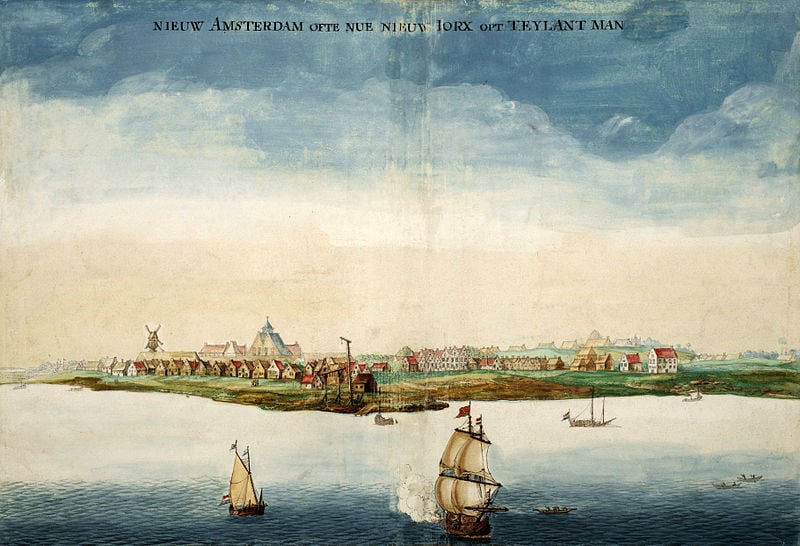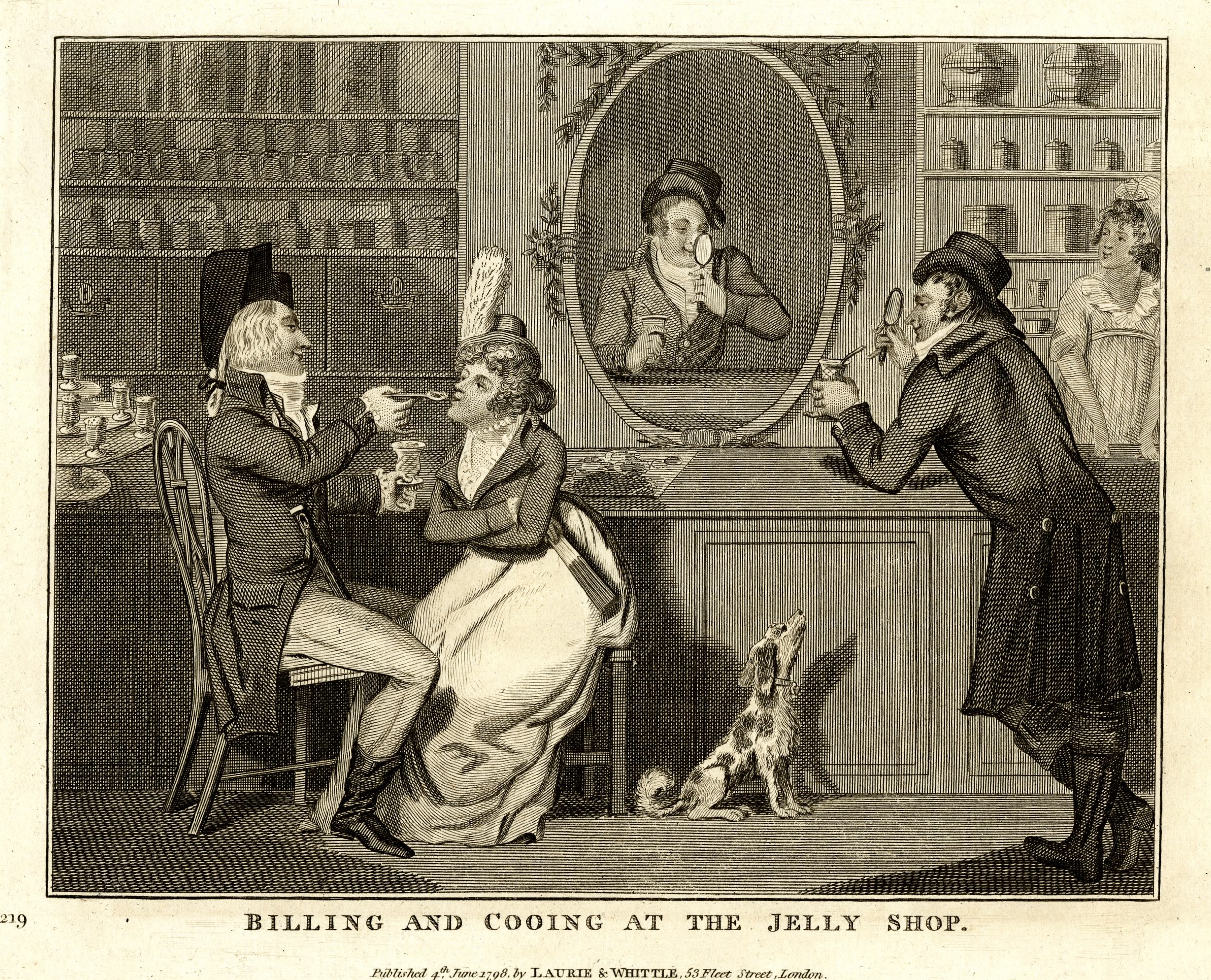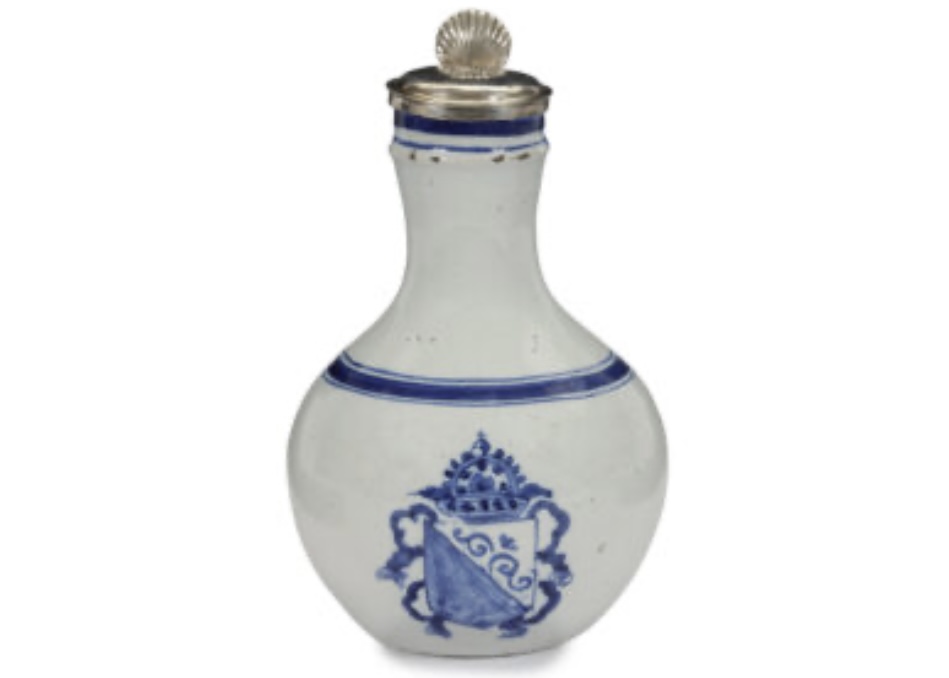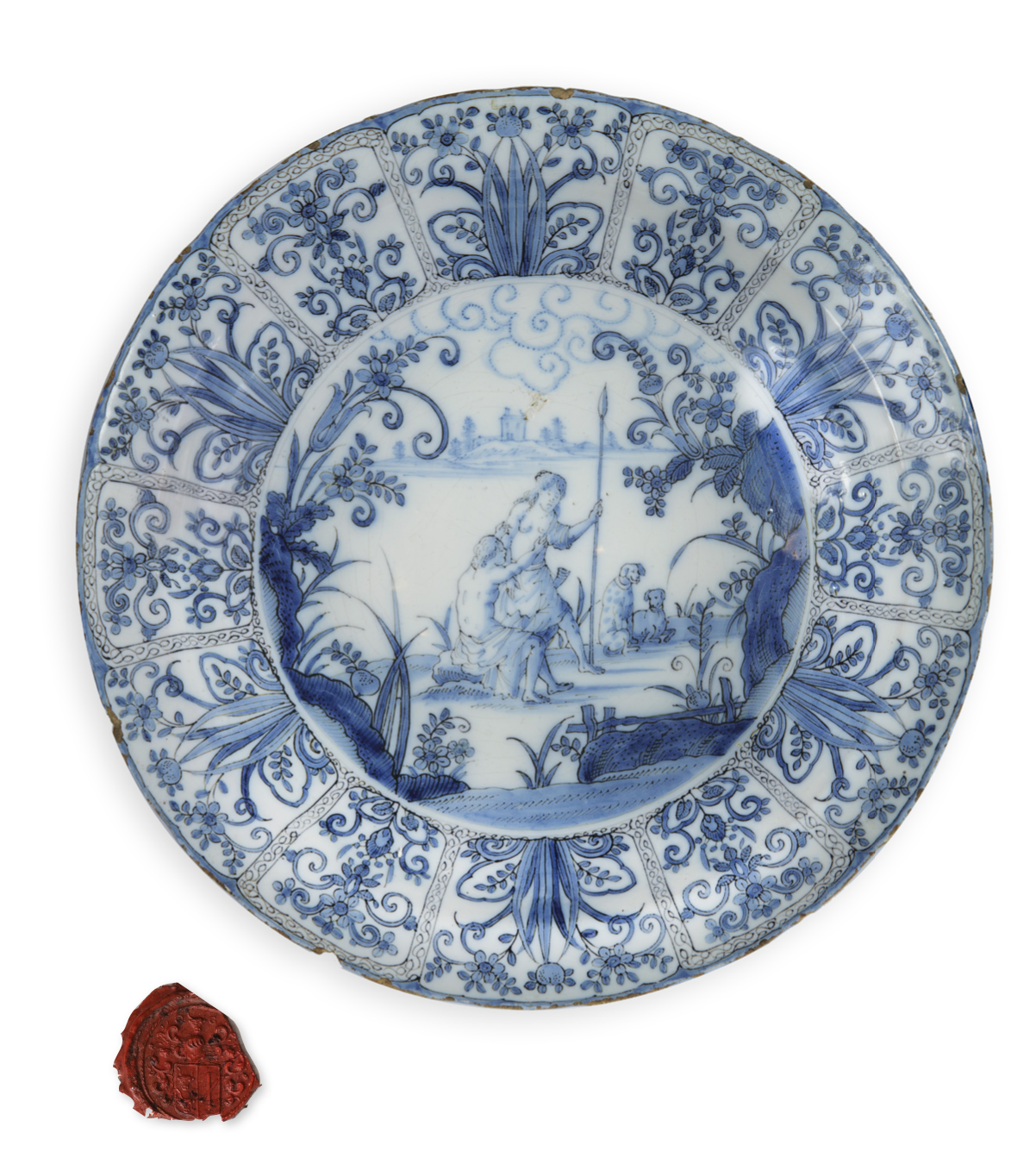Sailing through Centuries: Amsterdam’s Maritime Legacy and the Rise of Delftware
Main image: Blue and White Rectangular Marine Plaque, Delft, circa 1660, former Aronson Collection (inv. no. 25045) Since 1975, organized to celebrate the 700 anniversary of Amsterdam, every five years, the waters of Amsterdam’s IJ transform into a sea of masts, sails, and maritime stories during SAIL Amsterdam—one of the largest nautical events in the…

